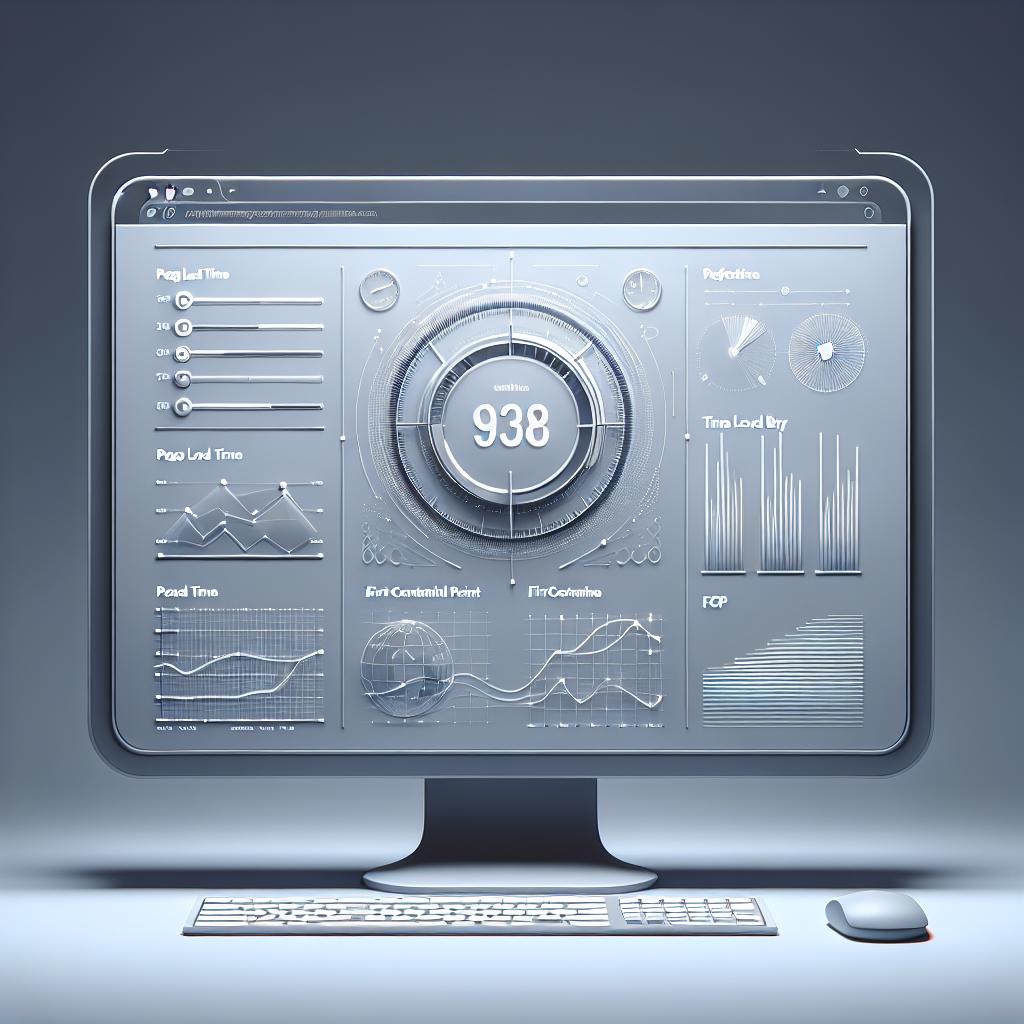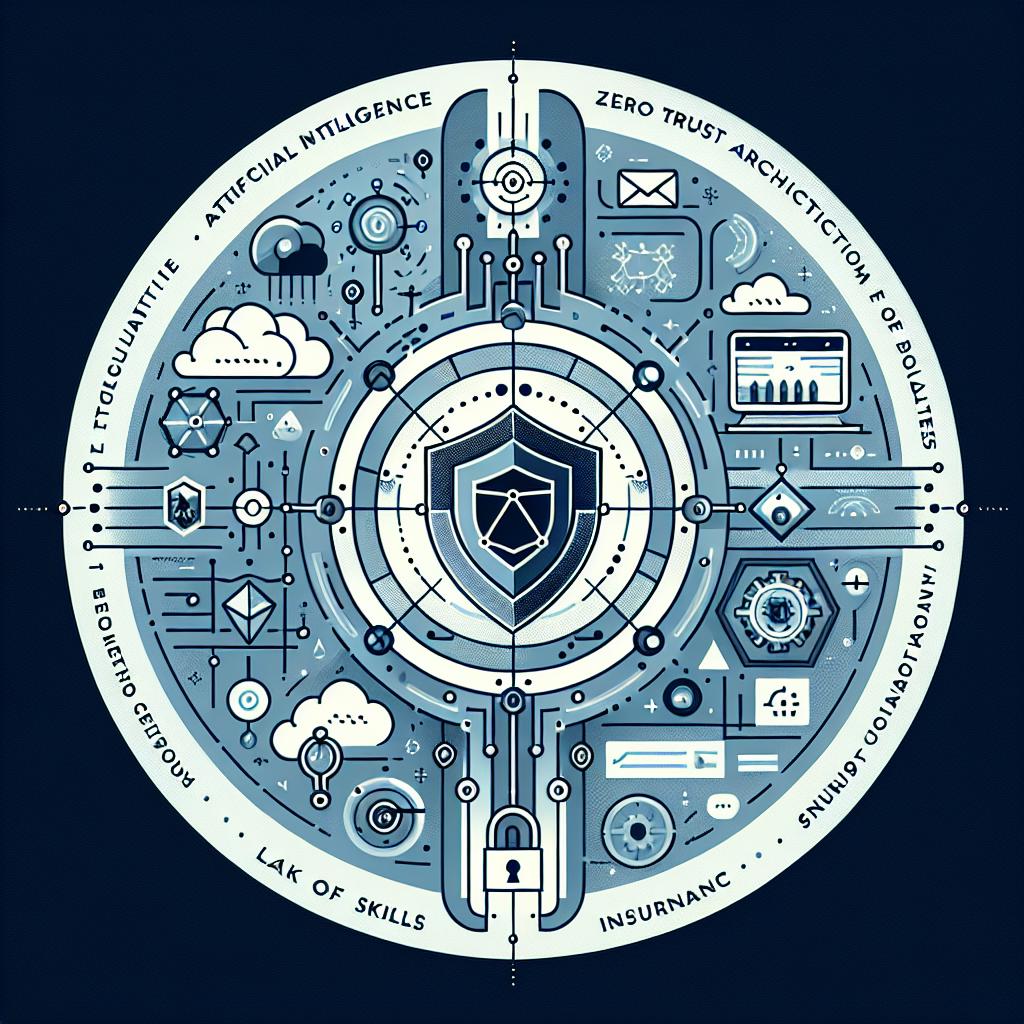In the rapidly evolving landscape of cybersecurity, staying ahead of emerging threats is crucial. One of the most significant shifts on the horizon is the advent of quantum computing, which promises to revolutionize computing power but also poses unprecedented risks to current cryptographic systems. This has given rise to the concept of quantum readiness—the proactive preparation of cybersecurity frameworks to withstand the challenges posed by quantum technologies. Here’s why quantum readiness is becoming the new standard in cybersecurity.
Understanding the Quantum Threat
Quantum computers leverage the principles of quantum mechanics to perform complex calculations at speeds unattainable by classical computers. While this holds immense potential for scientific breakthroughs, it also threatens to undermine the cryptographic algorithms that secure our digital communications today.
Most of the encryption methods currently in use, such as RSA and ECC (Elliptic Curve Cryptography), rely on the computational difficulty of factoring large numbers or solving discrete logarithm problems. Quantum algorithms, particularly Shor’s algorithm, can solve these problems exponentially faster, rendering traditional encryption vulnerable.
The Implications for Cybersecurity
The potential for quantum computers to break widely used encryption schemes means that sensitive data—ranging from personal information to national security secrets—could be exposed. This risk is not just theoretical; governments, financial institutions, and tech companies are already concerned about the future security of their data.
Moreover, the threat extends beyond future quantum computers. Adversaries could intercept and store encrypted communications now, with the intention of decrypting them once quantum capabilities become available. This “store now, decrypt later” approach makes it imperative to act before quantum computers reach a critical level of power.
What Is Quantum Readiness?
Quantum readiness refers to the strategic adoption of technologies, policies, and practices designed to protect information against quantum-enabled attacks. It involves:
- Assessing Vulnerabilities: Identifying which systems and data are at risk from quantum decryption.
- Implementing Quantum-Resistant Cryptography: Transitioning to cryptographic algorithms that are believed to be secure against quantum attacks, often called post-quantum cryptography (PQC).
- Developing Quantum-Safe Protocols: Updating communication protocols to incorporate quantum-resistant algorithms.
- Continuous Monitoring and Adaptation: Staying informed about advances in quantum computing and adjusting security measures accordingly.
The Rise of Post-Quantum Cryptography
Post-quantum cryptography is at the heart of quantum readiness. Researchers and organizations worldwide are developing and standardizing new cryptographic algorithms that can withstand quantum attacks. The National Institute of Standards and Technology (NIST) has been leading efforts to evaluate and standardize PQC algorithms, with several promising candidates already identified.
Adopting PQC is not a simple plug-and-play solution; it requires careful integration into existing systems, extensive testing, and sometimes hardware upgrades. However, the transition is essential to future-proof cybersecurity infrastructure.
Why Quantum Readiness Is Becoming the New Standard
-
Proactive Risk Management: Waiting until quantum computers are fully operational to upgrade security would be too late. Quantum readiness allows organizations to mitigate risks before they become critical.
-
Regulatory and Compliance Pressure: Governments and regulatory bodies are beginning to recognize the quantum threat and may soon mandate quantum-safe security measures.
-
Protecting Long-Term Data Confidentiality: Some data must remain confidential for decades. Quantum readiness ensures that information encrypted today remains secure in the future.
-
Maintaining Trust and Reputation: Organizations that fail to prepare for quantum threats risk data breaches that could damage their reputation and erode customer trust.
-
Competitive Advantage: Early adopters of quantum-safe technologies can position themselves as leaders in cybersecurity, gaining a competitive edge.
Steps Toward Achieving Quantum Readiness
- Inventory and Risk Assessment: Catalog all cryptographic assets and evaluate their vulnerability to quantum attacks.
- Education and Awareness: Train cybersecurity teams on quantum risks and emerging solutions.
- Pilot PQC Implementations: Test post-quantum algorithms in controlled environments.
- Collaborate with Industry and Government: Engage with standards bodies and industry groups to stay aligned with best practices.
- Plan for a Gradual Transition: Develop a roadmap for migrating to quantum-safe systems without disrupting operations.
Conclusion
Quantum computing represents both an incredible opportunity and a formidable challenge. As the technology matures, the cybersecurity community must evolve in tandem. Quantum readiness is no longer a futuristic concept but an immediate necessity. By embracing quantum-safe cryptography and proactive security strategies today, organizations can safeguard their data, maintain trust, and set a new standard in cybersecurity resilience for the quantum era.



